The 20th
LaureateTheatre/ Film
Sakata Tojuro
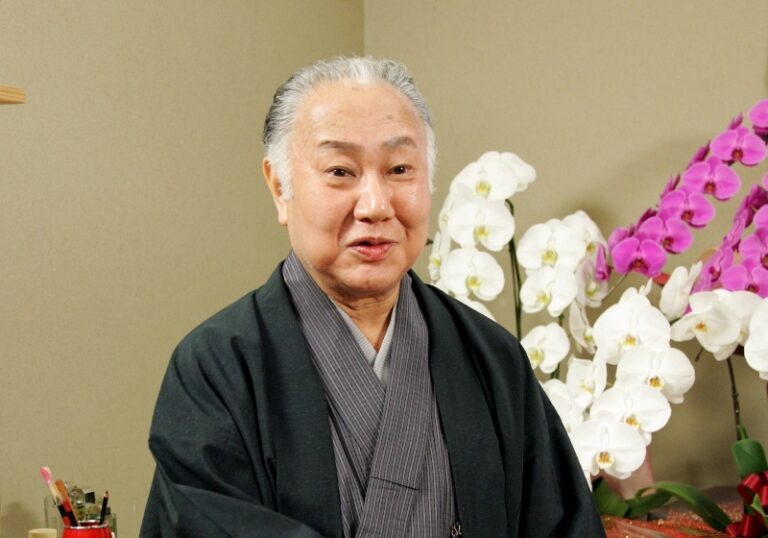
With his rich onnagata (male actor who plays female roles) charms,profound understanding of drama and massive stage presence,Sakata Tojuro is the foremost Kabuki actor of the modern age. His repertoire is broad,ranging from nimaime (lovers) to tateoyama (leading onnagata) in the Kamigata (Osaka-Kyoto) wagoto (gentle) style. Tojuro has performed overseas on numerous occasions,bringing to global audiences the drama and unique beauty of Kabuki. Tojuro made his debut in 1941 under the name Nakamura Senjaku II. In 2005,he adopted the stage name of Sakata Tojuro in memory of Sakata Tojuro I,founder of the Kamigata wagoto style in the 18th century. By doing so,he became a symbol of Kamigata Kabuki in both name and substance. "Just as the first Tojuro created the art of wagoto,I want to create my own style of performance," says Tojuro. The heroine Ohatsu in "Sonezaki Shinju(Double Suicide in Sonezaki)" is a lifelong tour de force that Tojuro has performed more than 1,200 times in all. Tojuro founded the "Chikamatsu-za" touring troupe to perform plays by the 18th century author of that work,Chikamatsu Monzaemon. As he reaches his 77th birthday,he aims for yet greater heights of performing art.
Biography
With his rich onnagata (male actor who plays female roles) charms,profound understanding of drama and massive stage presence,Sakata Tojuro is the foremost Kabuki actor of the modern age. In 2005,he adopted the stage name of Sakata Tojuro in memory of Sakata Tojuro I,who is said to have founded the wagoto (gentle) acting style in the 18th century. By doing so,he became a symbol of Kamigata (Osaka-Kyoto region) Kabuki in both name and substance.
In contrast to Edo (Tokyo) Kabuki,characterized by the bombastic aragoto (rough) style that makes exaggerated expressions of heroism and gallantry,Kamigata Kabuki has its core in wagoto dramas that depict the inner workings of human emotions. "Just as the first Tojuro created the art of wagoto,I want to create my own style of performance," he says,burning with desire to create his own style of Kabuki while also preserving tradition.
His grandfather was Nakamura Ganjiro I,a major star of Kamigata Kabuki,while his father was another famous actor,Nakamura Ganjiro II. Tojuro made his debut in 1941 under the name Nakamura Senjaku II. In 1953,he played a role that would change his life. It was Ohatsu,heroine of dramatist Chikamatsu Monzaemon’s masterpiece "Sonezaki Shinju (Double Suicide in Sonezaki) ." In his portrayal of the role,he shattered the existing perception of onnagata. The Kabuki world was stunned by the freshness of his Ohatsu (heroine) as she leads Tokubei (hero) by the hand onto the hanamichi (side stage walkway). Ohatsu is now a tour de force that Tojuro has performed for more than half a century.
That early encounter with Chikamatsu led Tojuro to invest his own money in founding the "Chikamatsu-za " touring troupe. In fact,he says his inspiration for this came when he met Laurence Olivier in London. Olivier then encouraged him to "create a theatre company that only performs plays by Chikamatsu,the Shakespeare of the Orient. " The company also has some aspects of a new theatre movement,for example performing Chikamatsu’s "Shinju Ten no Amijima (Double Suicide in Amijima) " according to the originally scripted work.
Since an American tour in 1984,Tojuro has performed in Canada,Mexico,Russia,Britain,South Korea,China and elsewhere ,bringing to global audiences the drama,profundity and unique beauty of Kabuki.
As the fruit of these efforts,Kabuki was recognized as an intangible heritage of humanity by UNESCO in 2005. "The love stories of Kabuki are universal themes. Through Kabuki,I want people to understand Japan and the Japanese," he says. Over the last year,he has performed "Kyoganoko Musume Dojoji," the very pinnacle of onnagata dance drama,in theatres throughout Japan to commemorate his 77th birthday. "I want to see Kabuki as a whole,beyond the differences between Edo and Kamigata," he says,showing that his appetite for a challenge remains as strong as ever.
Chronology
-
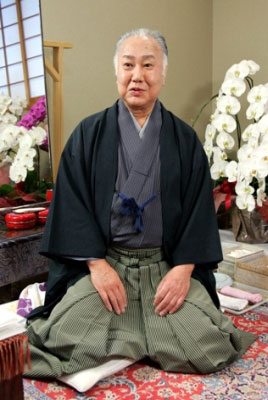
At Hakata-za
-
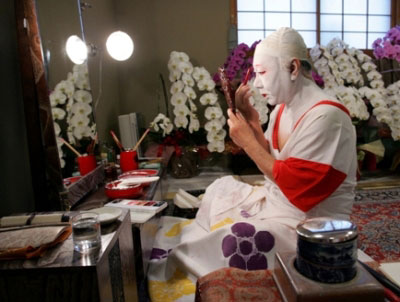
Make Up at Hakata-za
-
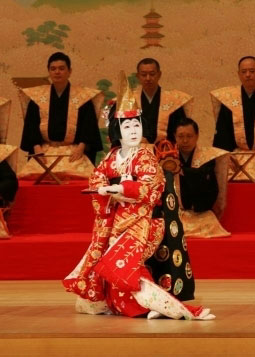
Kyoganoko Musume Dojoji
-
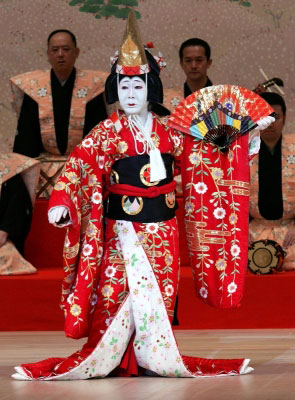
Kyoganoko Musume Dojoji
-
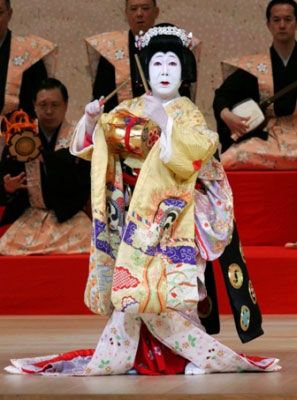
Kyoganoko Musume Dojoji
-
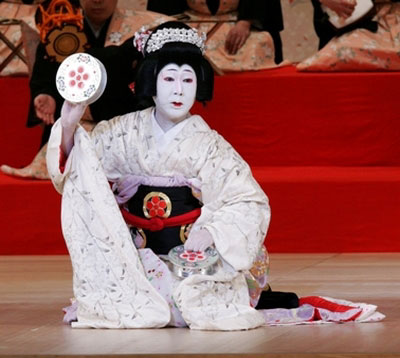
Kyoganoko Musume Dojoji
-
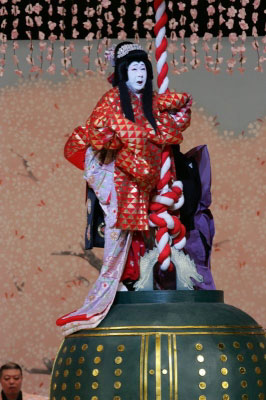
Kyoganoko Musume Dojoji

